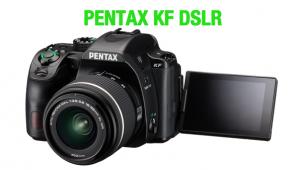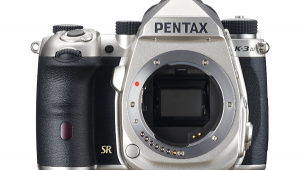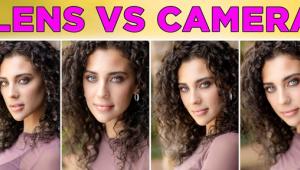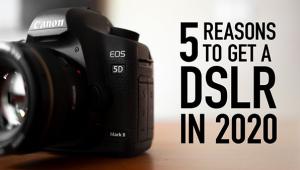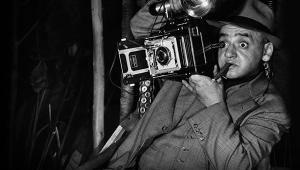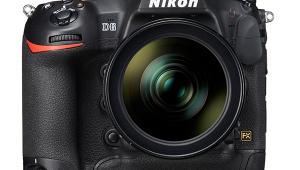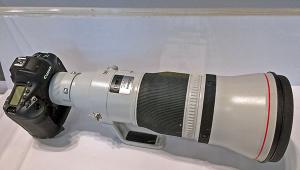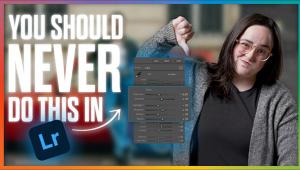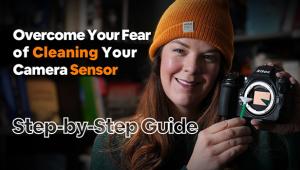Nikon’s D3; The New Pro Flagship “Full-Frame” D-SLR Page 3
And there is another plus: when using one of the five new ED lenses designed to cover the Nikon full-frame FX format you are able to switch to DX mode, albeit at slightly lower resolution. For me that meant I could photograph both the basketball tournament and the Winter Hawks using a 1.5x magnification to increase the focal length of the 24-70mm lens. It also meant I could switch back to FX mode to photograph the portrait of Dorian Gray.
The Not So Good
Okay. So there is no perfect camera; at least I've never found one. There were a few things I didn't like about the D3. The first was the menu hierarchy. Though the D3 is not menu driven like some cameras, it still took me a while to learn how to navigate through an extensive array of menu items to find and change even basic things. However, after using the camera for about two weeks the functions and features I habitually use started to fall into place, so this wasn't so bad after all.
The second has to do with mirror lockup. Mirror lockup is an invaluable function on any SLR. It allows long exposures to be taken without mirror vibration, usually but not always on a tripod. Simply put, you lock up the mirror, wait for the camera to stop vibrating, then release the shutter, usually through a cable release. Without a cable you could still take advantage of the lockup function by using the self-timer: lock up the mirror, set the timer on 2 to 10 seconds, and release the shutter with your finger. Most cameras work this way.
On the D3 the self-timer and mirror lockup reside next to each other on the Release mode dial, which means you can't use one while using the other. This may have been expedient for Nikon but it is poor design.
Be that as it may, the third "flaw" is far more serious. For anyone who has ever photographed fast-moving sports you already know that there is little time to perfectly frame an image. More than any other type of photography, except perhaps photojournalism, you rely on the balance of your camera to assist you. With the D3 I consistently found that I was framing too low--lots of foreground and the occasional cutting off of players' heads. This usually indicates that the balance on the camera is off, causing the lens to tilt down. In a situation like this it is entirely possible that the problem is not the camera but that the lens is front heavy. This was not the case. The two lenses Nikon sent me to work with, the AF-S 24-70mm f/2.8G ED and the AF-S 14-24mm f/2.8G ED, are both superior optics and perfectly balanced.
The problem, which I finally identified, was the forward curve of the battery compartment underneath the camera. With my left hand on the zoom ring the compartment pushed against my wrist thus rolling the supporting hand and the camera forward; this caused me to aim low while zooming out when the action was at its peak. Of course, this would not be a problem if you have the time to frame your subject. But when the players are swirling around you the camera finds its own level (#7). Once I recognized what was causing the problem I was able to compensate, but it still took effort on my part.
 |
|
|
All told, the good is really good, and the bad ain't so bad. This is a fully featured pro camera in the venerable Nikon tradition. It looks to me that Nikon is not only back in the game but has a winner.
Technical Specifications
Effective Pixels: 12.1Mp (12.87 total megapixels)
Image Processor: Nikon EXPEED
A/D Conversion: 14 bit
Image Sensor: 36x23.9mm CMOS sensor
Image Sizes: FX format (36x24mm)--L, 12.1Mp (4256x2832), M, 6.8Mp (3184x2120), S, 3.0Mp (2128x146); DX format (24x16mm)--L, 5.1Mp, (2784x1848), M, 2.9Mp, (2080x1384), S, 1.3Mp (1392x920)
File Formats: NEF (12 or 14 bit, lossless compressed, compressed, or uncompressed); NEF + JPEG; TIFF (RGB); JPEG
Media: Type I or II CompactFlash (CF); Microdrives
Storage: Double slot with dual modes: overflow, backup, raw on 1/JPEG on 2; 36 characters of text can be input and stored in EXIF header
AF Area Mode: Single-point AF, Dynamic Area AF (nine points, 21 points, 51 points, 51 points + 3D tracking); Automatic Area AF
ISO: Default: ISO 200-6400 in 1/3, 1/2, or 1 EV steps; 100-12,800 in 1/3, 1/2, or 1 EV steps; Boost: ISO 25,600
Shutter: 30 seconds to 1/8000 sec in 1/3, 1/2, or 1 EV steps; Bulb; X-Sync 1/250 sec
Release Modes: Single frame; Continuous Low (Cl), 1-9 fps; Continuous High (Ch), 9 fps (9-11 fps with DX format and a shutter speed of 1/250 sec)
LCD LiveView: Handheld: Phase-detection AF with 51 focus areas (including 15 cross-type sensors); Tripod: Contrast-detect AF anywhere in frame
Communications: FTP and PTP/IP file transfer with optional Wireless Transmitter WT-4 (IEEE 802.11b/g)
Power Source: One rechargeable lithium ion EN-EL4a/EL4 (included dual battery charger MH-22)
Dimensions (WxHxD): 159.5x157x87.5mm (6.3x6.2x3.4"); Weight without battery, memory card, body cap, or accessory shoe cover: 1240 g (2.7 lbs)
Price (Body Only): $5000
For more information, contact Nikon Inc., 1300 Walt Whitman Rd., Melville, NY 11747; (800) 526-4566; www.nikonusa.com.
- Log in or register to post comments

